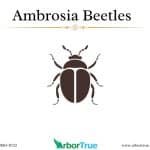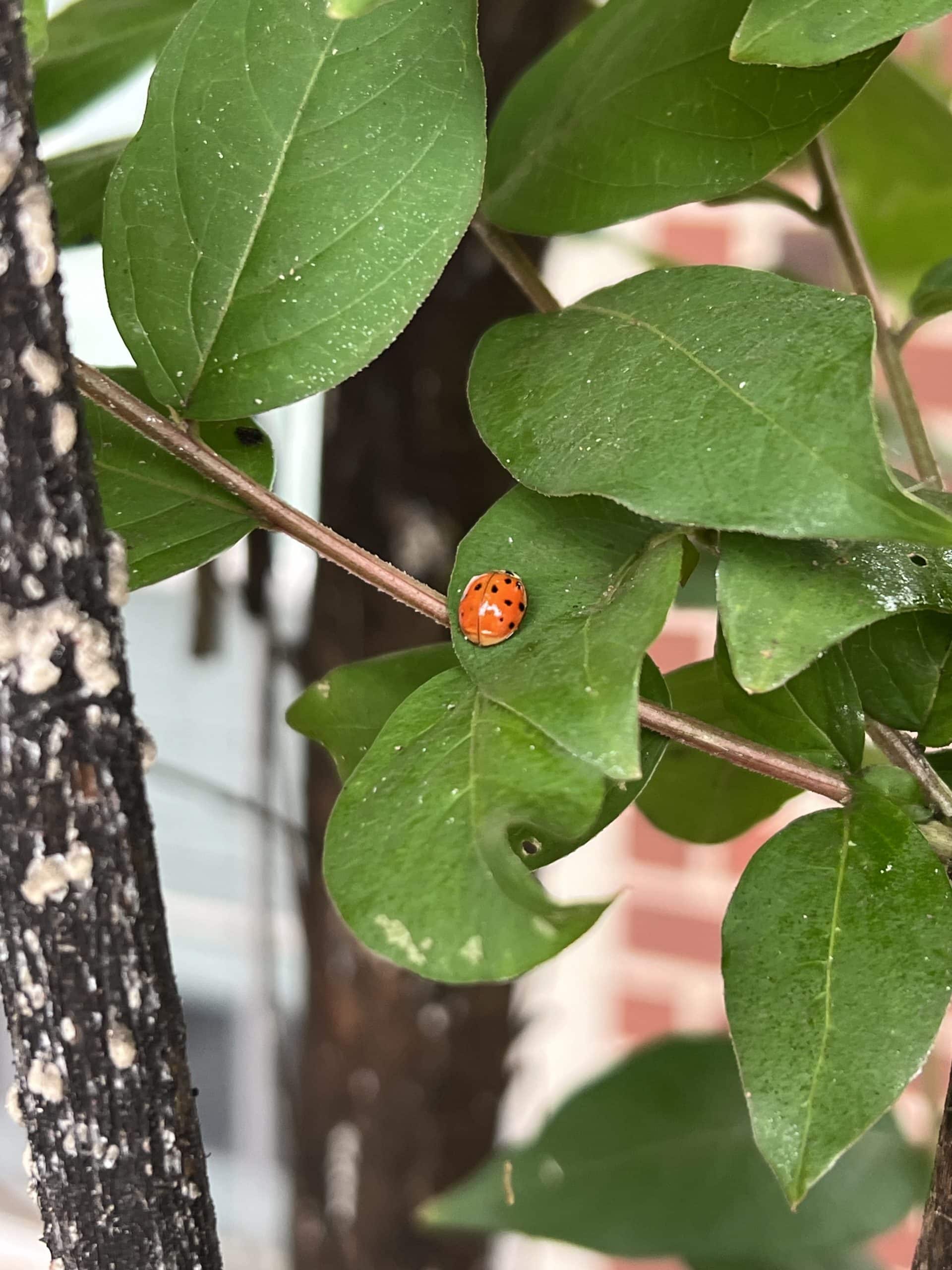
Ambrosia Beetles
May 8, 2024
Mushroom Monday: Amanita amerirubescens
May 13, 2024
Elm Yellows: A Devastating Tree Disease
In today’s post we take a look at a devastating tree disease, elm yellows. Learn about this disease, what causes it, and how it affects trees in our latest TrueTreeTalk blog post.
What Causes Elm Yellows?
Something called phytoplasma causes elm yellows (also called elm phloem necrosis). The specific one comes from a group that is provisionally called Candidatus Phytoplasma ulmi.
Phytoplasmas aren’t a virus or a fungi, but are instead a bacteria that doesn’t have a wall around its cell. These bacteria are parasites of plants and they need their plant hosts as well as insects to survive and to go from host to host.
Why Aren’t Phytoplasmas Completely Understood?
Before going on to learn more about elm yellows, we should pause here and focus a little more on phytoplasmas.
Although it is known phytoplasmas cause elm yellows, and a lot is known about the disease, the information on phytoplasmas themselves is less clear. This is because it isn’t possible yet to cultivate phytoplasmas in a lab. The reason for this is because they need their hosts to be able to survive and can’t be grown in a controlled setting like a lab. Additionally, they can’t be experimented on when they are within trees and insects because they are interacting with their hosts.
Because they can’t be studied like other bacteria, how exactly they use the sugars in the sap that’s in phloem and all of their interactions with trees isn’t clear. This lack of knowledge also makes controlling them difficult.
Research has shown that phytoplasmas are dependent upon the hosts they are in because of genes the phytoplasmas they lack. This might give some insight into how they work and how to control them.
Although there is more to it, one benefit phytoplasmas get from trees is protection. Interestingly, as phytoplasmas don’t have cell walls, trees can provide them with a habitat that protects them from things like drying out in the sun and from predators. In fact, a tree can provide them with a habitat where they can increase their chances of survival and reproduction. Moreover, phytoplasmas can reproduce in both trees and insects.
What are Some Symptoms of Elm Yellows?
Now that we’ve covered what causes elm yellows, and the lack of information about the cause, we can look at the symptoms of the disease.
There are a number of symptoms of elm yellows. Generally, they begin to show in the middle or end of summer. They include leaves swelling, with their petioles drooping, and leaves turning yellow and falling early. With elm yellows, leaves can fall without first wilting or turning brown. Trees can also have unusual patterns of growth, developing witches’ brooms, and can develop leaves in places where flowers should have been. Additionally, buds can open early and leaves can have stunted growth.
The symptoms of elm yellows can resemble those of Dutch elm disease, however, they are different though from those of a tree that lacks nutrients. When a tree lacks nutrients, the leaves that appear at the start of the growing season can be yellow and leaves generally don’t fall early.
The symptoms of elm yellows can show up all of a sudden over a short period of time and can be seen spread out in a tree’s crown. Although this is more typical, in some cases the leaves can turn yellow on branches scattered throughout the tree and it can take two years for the symptoms to be present in the entire crown.
In some cases, a tree can wilt, and subsequently die, even though it showed no symptoms.
In other cases, on branches lower on trees, the inner layer of bark can turn yellow (rather than being white), then can get specks of tan color, and after that they can die.
If a tree is small, it can take months before symptoms show after the tree is infected. In a larger tree, it can take one year. In either case, death after infection can occur relatively quickly.
Elm yellows can prevent nutrients from flowing in a tree, as the phloem is destroyed, and this can cause stress and combine with other stresses to kill a tree.
One sign that that disease is present is a distinctive scent. For example, when winged elm and American elm are infected, their phloem can have a wintergreen scent. In the case of slippery elm, the scent can be that of maple syrup.
Although there are a number of symptoms of elm yellows, confirmation of the disease is done through lab tests.
What Kinds of Elms Does Elm Yellows Affect?
Elm yellows can affect a number of different species of native elms. These include Ulmus americana (American elm), Ulmus rubra (slippery elm), and Ulmus alata (winged elm). Ulmus americana, in particular, is very susceptible to the disease, even those with resistance to Dutch Elm Disease.
The disease is present in Europe, in the U.S. in the east, and in part of Canada.
Although a number of different species of elm are susceptible to the disease, some species, such as Ulmus glabra (Wych elm), could be resistant.
How is Elm Yellows Spread?
How the disease spreads and how trees are infected isn’t certain. One carrier of the disease is the white-banded elm leafhopper (Scaphoideus luteolus). Other insects can carry it as well, such as psyllids. Insects eat shoots from trees that are infected and then spread the disease to other trees. Alternatively, the disease can also be spread from one tree to another via their roots. In American elms, the phytoplasma can persist in the roots.
What can be Done About Elm Yellows?
At the moment, the disease can’t be prevented or cured. Trees that are infected should be removed to reduce the spread to trees that are healthy. Trees without other underlying stresses can develop the disease. European and Asian elms can be planted as they could be less susceptible to the disease.
If you found this information about Elm Yellow helpful, check out our other posts on our TrueTreeTalk blog. Follow us on Facebook to keep up with these and other posts. Check out our list of blog posts grouped by topic for more to read. Also, follow us on LinkedIn for industry-related posts.
* * *
Recently, we had a post about crepe myrtle bark scale. In it, we mentioned that lady beetles were a predator of crepe myrtle bark scale. Although you might be familiar with what adult lady beetles look like (see below), you might not know what their larvae look like. One of our amazing arborists sent us a photo of lady beetle larvae feeding on crepe myrtle bark scale. We thought we’d share it with you so you could have an idea of what their larvae look like in case you see them on your tree. Remember, lady beetles are beneficial insects that feed on things like crepe myrtle bark scale and aphids.

An adult lady beetle.

Lady beetle larvae feeding on crepe myrtle bark scale.
* * *
ArborTrue is a science-based tree-service company in the greater Houston area. We provide a range of services including tree trimming, tree pruning, tree removal, tree planting, arborist consultations, and more. Call us today at 832-980-8733 or reach out to us online to schedule an appointment.




